Do you know how to draft proof your garage? Pros say it will lower energy bills and improve comfort levels further inside your home
Industry experts reveal their top tips
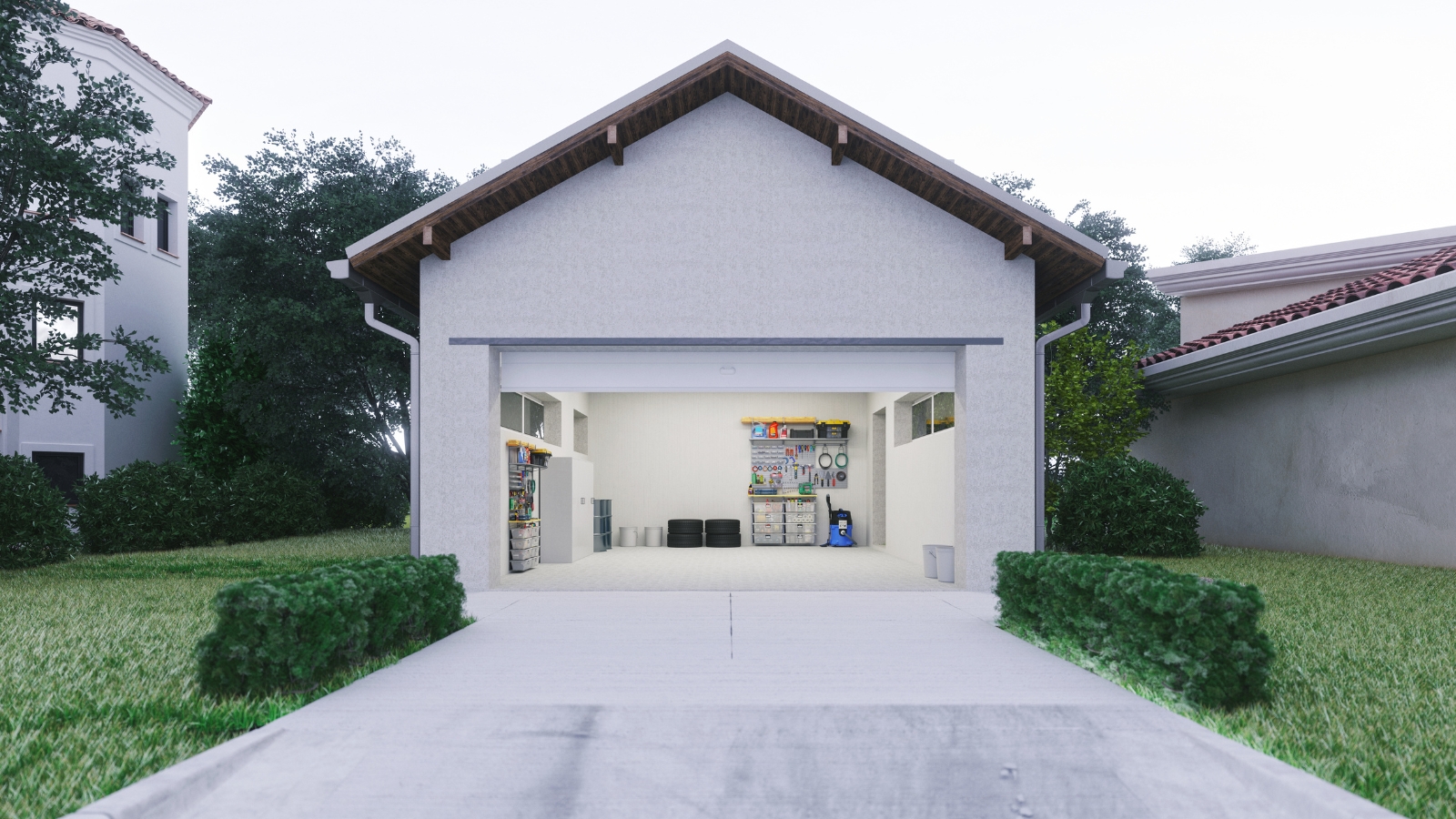

Draft-proofing your garage can make a significant difference in maintaining your home’s overall comfort and energy efficiency. Garages are prone to drafts from large doors, windows, and structural gaps, but with the right steps, you can keep cold air out and save on energy costs.
Here, our heating, ventilation and air conditioning (HVAC) experts reveal exactly how to do it, and recommend the best products to use and the common mistakes to avoid.
Knowing how to winterize your garage will keep those pesky drafts out, ensuring greater comfort and lower bills.
The steps to draft proof your garage
Step 1: Start with the garage door
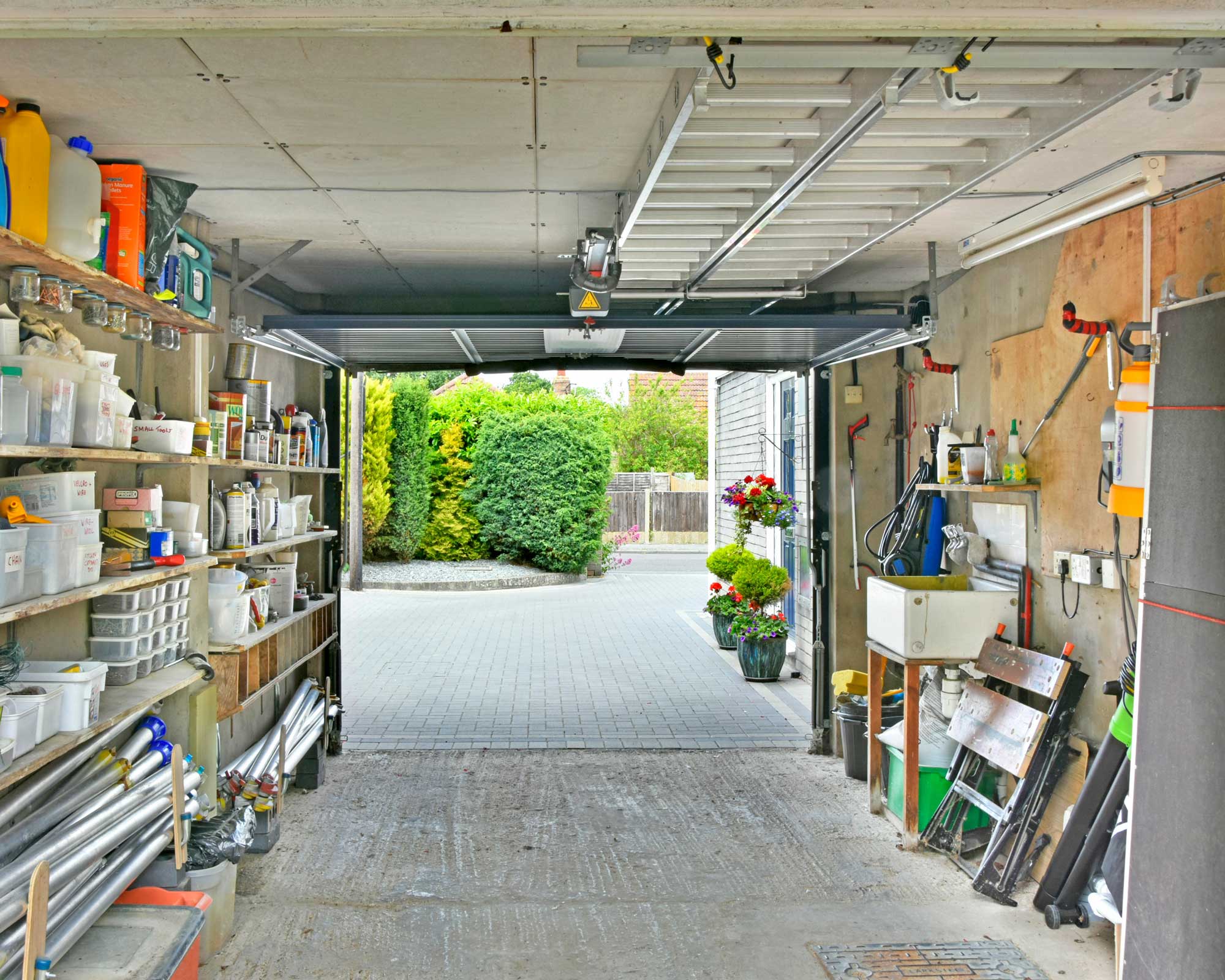
Garage doors are one of the largest sources of drafts. Ensuring the garage door is insulated and well-sealed will be key to preventing heat loss.
Steve Pacholski, brand president of HVAC experts Varsity Zone, says, 'Your garage is more than just a storage space – it’s a connection between your home and the outdoors especially, if it’s attached. With a giant door constantly exposed to outside weather, it acts almost like an extra room that can allow cold air to creep into the rest of your home. When that happens, your heating system has to work harder.
'To draft proof your garage, start with the garage door. Swap out any worn weatherstripping and add a bottom seal if it looks like cold air is sneaking through.'
Pacholski recommends this Elvone Store Garage Door Seal from Amazon, adding, 'This kit includes everything you need for installation and is perfect for reducing airflow around the edges of your door – blocking drafts, dust, and moisture.'
Josh Mitchell, HVAC technician and founder of Air Conditioner Lab, also recommends opting for a garage door insulation kit, such as the Matador Garage Door Insulation Kit from Amazon. He says, 'These kits typically include layers of reflective foil or foam panels that fit into the door sections, providing substantial thermal resistance.'
For extra protection, Pacholski also likes AES Us Energy Products Double Bubble Reflective Foil Insulation from Amazon, adding, 'It's a lightweight, affordable option that works as a reliable thermal barrier.'
All prices correct at time of publication.
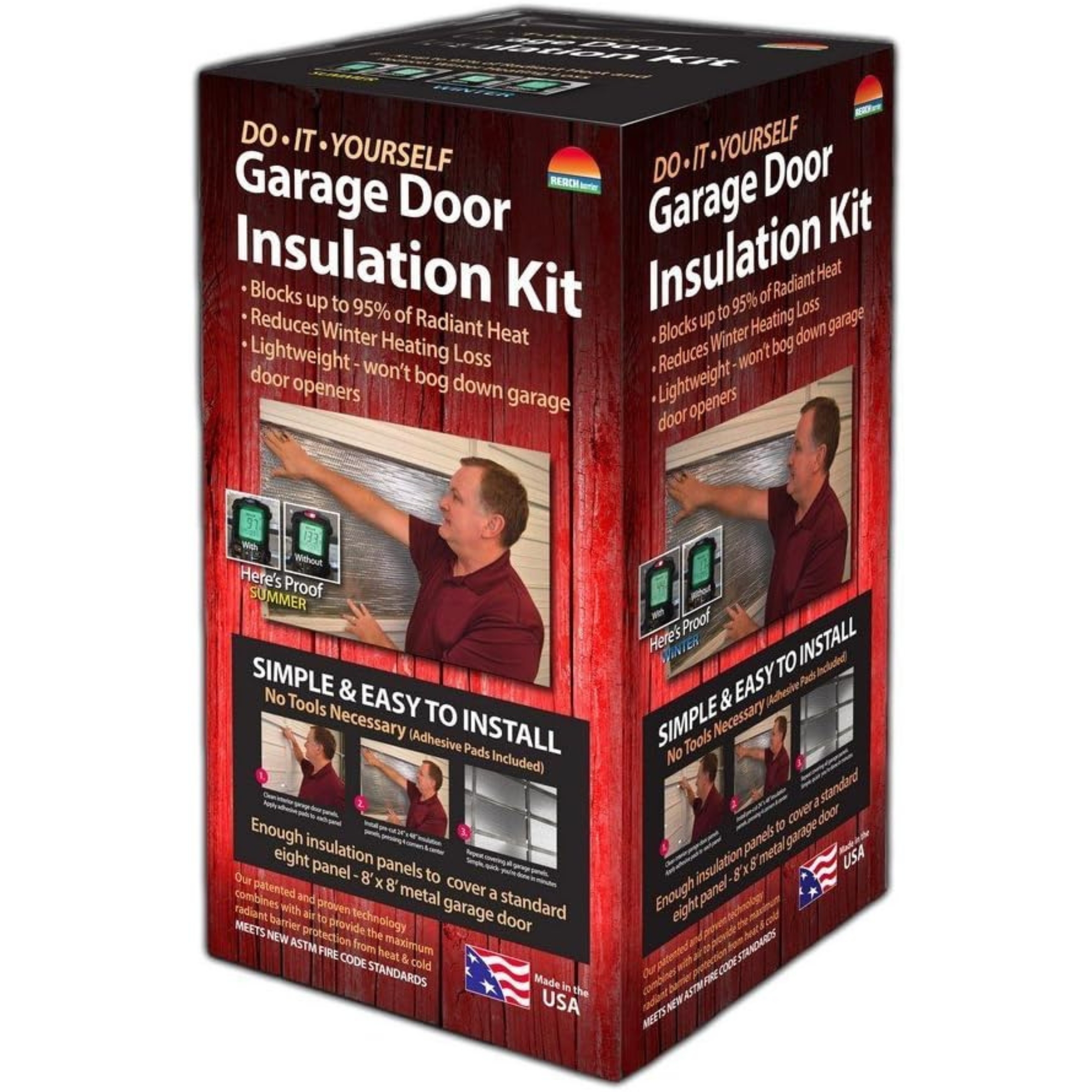
This extensive kit includes eight Reach Barrier bubble insulation panels, permanent bond adhesive tape, garage door cleaner sponge, and easy-to-follow instructions. Pacholski says, 'I love this kit because it helps block up to 95% of heat transfer and is easy to install.'
Step 2: Address gaps and cracks

Even small gaps and cracks in the walls or flooring can allow drafts to enter. Sealing these areas is essential to achieving a draft-free space. Head of Solved, Punteha van Terheyden found weatherstripping was a quick and easy fix for her drafty front door.
Pacholski says, 'Don’t overlook the smaller gaps – they can make a big difference. Cracks around windows, outlets, or where the garage connects to your house are common spots where drafts sneak in. A bit of caulk or spray foam can seal those up quickly.'
If your garage walls have been plastered, our guide on how to fix cracks in plaster walls will come in handy for your DIY task list.
Mitchell adds, 'Use silicone caulk to seal any windows in the garage for a waterproof seal that will last for years. Install a new door sweep for the pedestrian door and replace any cracked or old weatherstripping around the door frame.'
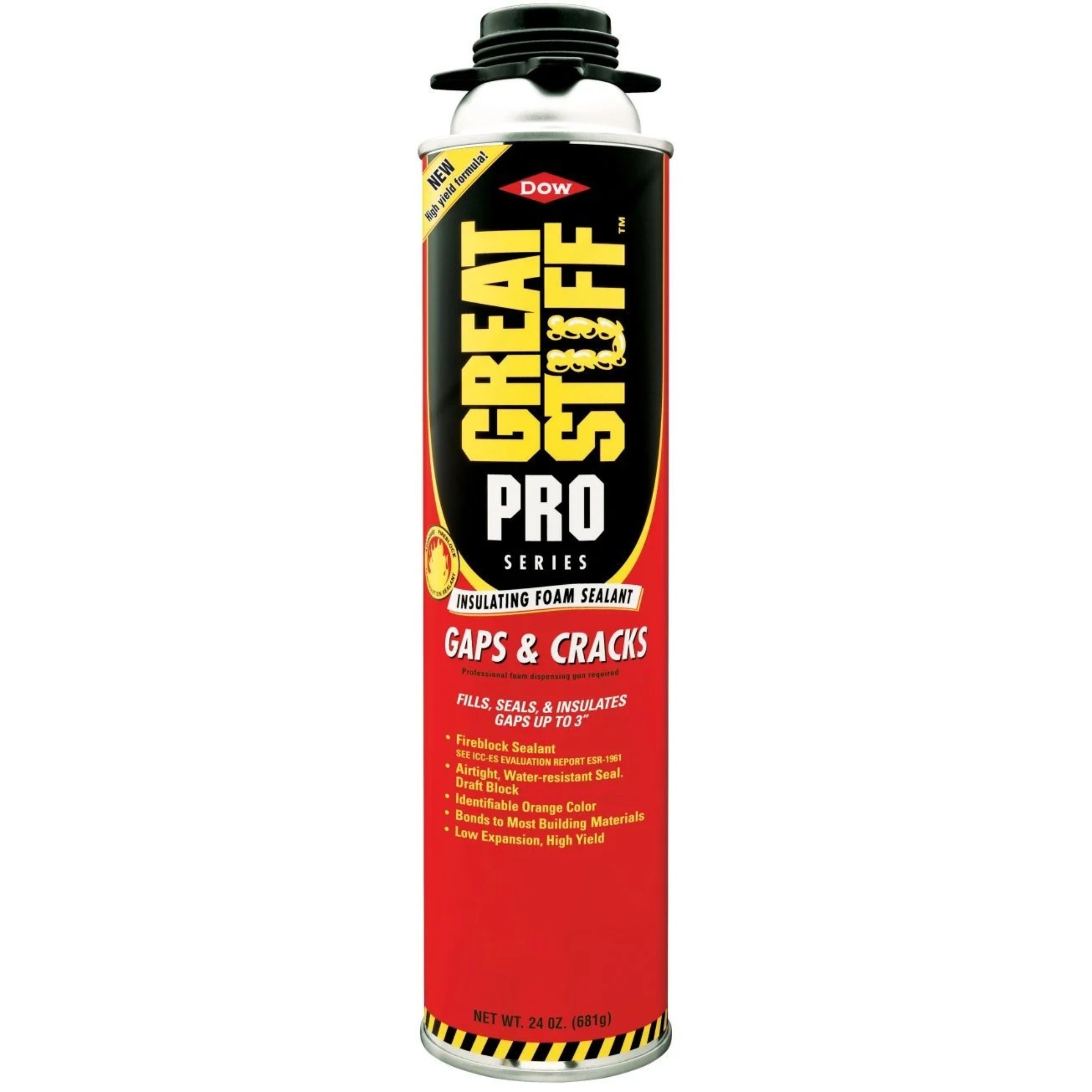
Our experts highly recommend this high-quality sealant that prevents drafts and water infiltration, keeping your garage warm in winter and cool in summer. Mitchell says it's 'user-friendly, cost-effective and great for DIY projects'.
Step 3: Seal windows and doors

Windows and access or internal doors in the garage often have gaps around the frames that let in cold air. Addressing these weak spots can make a noticeable difference in temperature regulation.
Mitchell says, 'Use silicone caulk to seal any windows in the garage for a waterproof seal that will last for years. Install a new door sweep for the pedestrian door and replace any cracked or old weatherstripping around the door frame.'
Applying insulation film to windows can add another layer of protection. For more tips, check out our guide on how to weatherproof your windows.
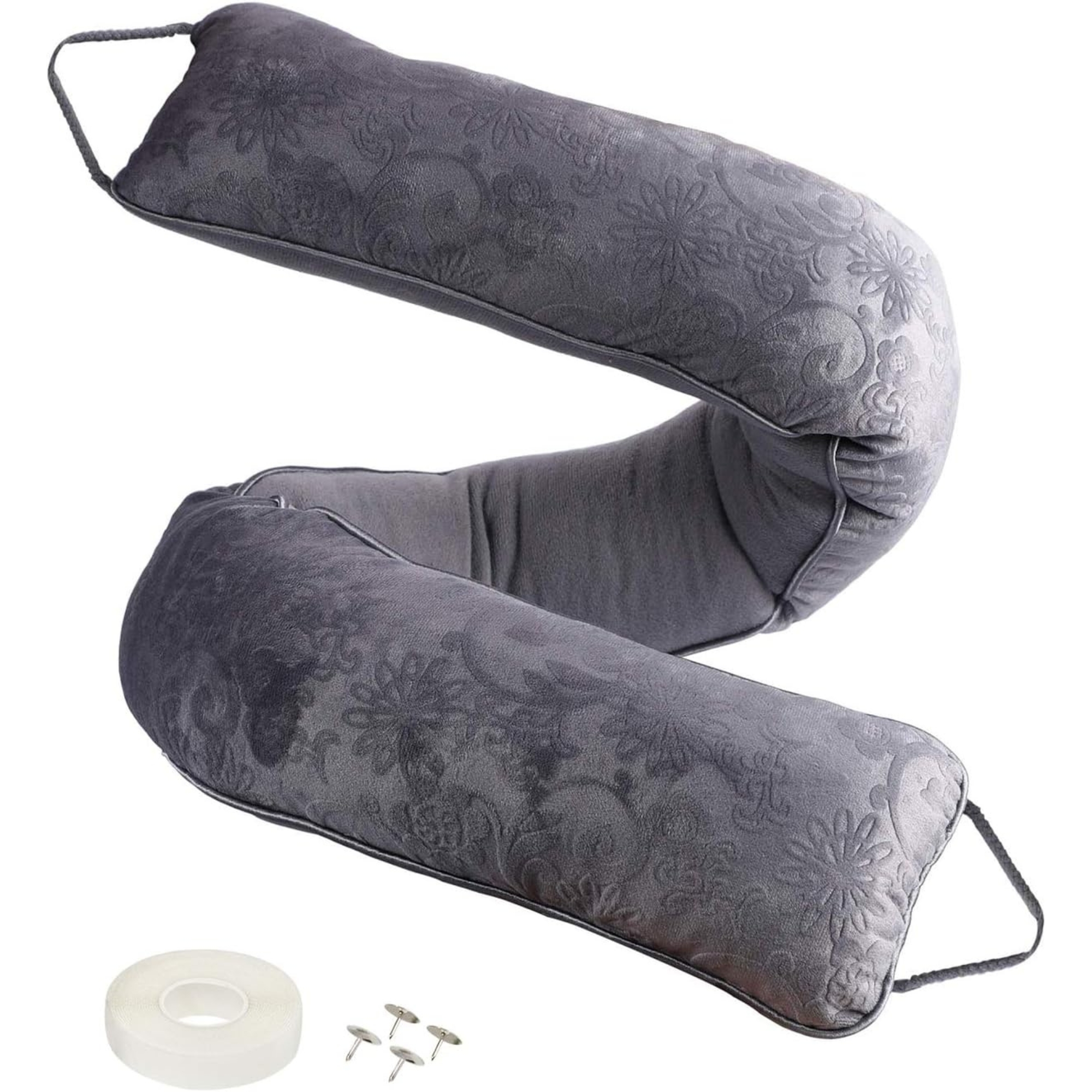
Made with polyester wadding, this heavy, machine-washable draft stopper is a fave of our pros. Pacholski says, 'It fits most doors and does a great job of keeping out cold air.'
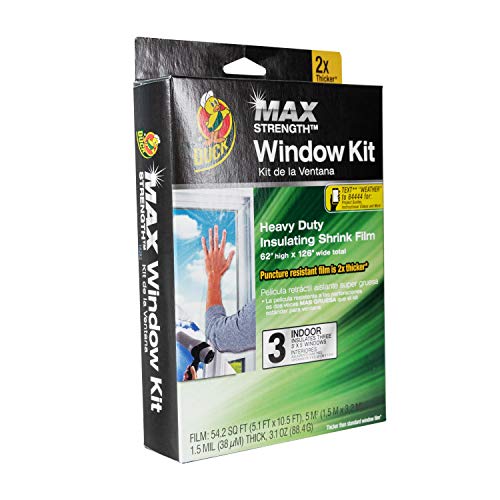
This heavy-duty insulating film blocks garage drafts and heat loss effectively, helping reduce energy bills by up to 20%. It’s also easy to install and remove without damaging your windows.
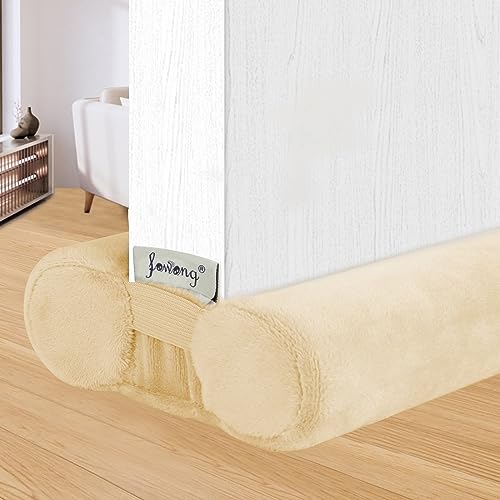
Mitchell says, 'This product is filled with polyester wadding for excellent insulation properties. It's adjustable, plus it can be easily removed and washed – functional and convenient.'
Step 4: Check the ceiling and walls
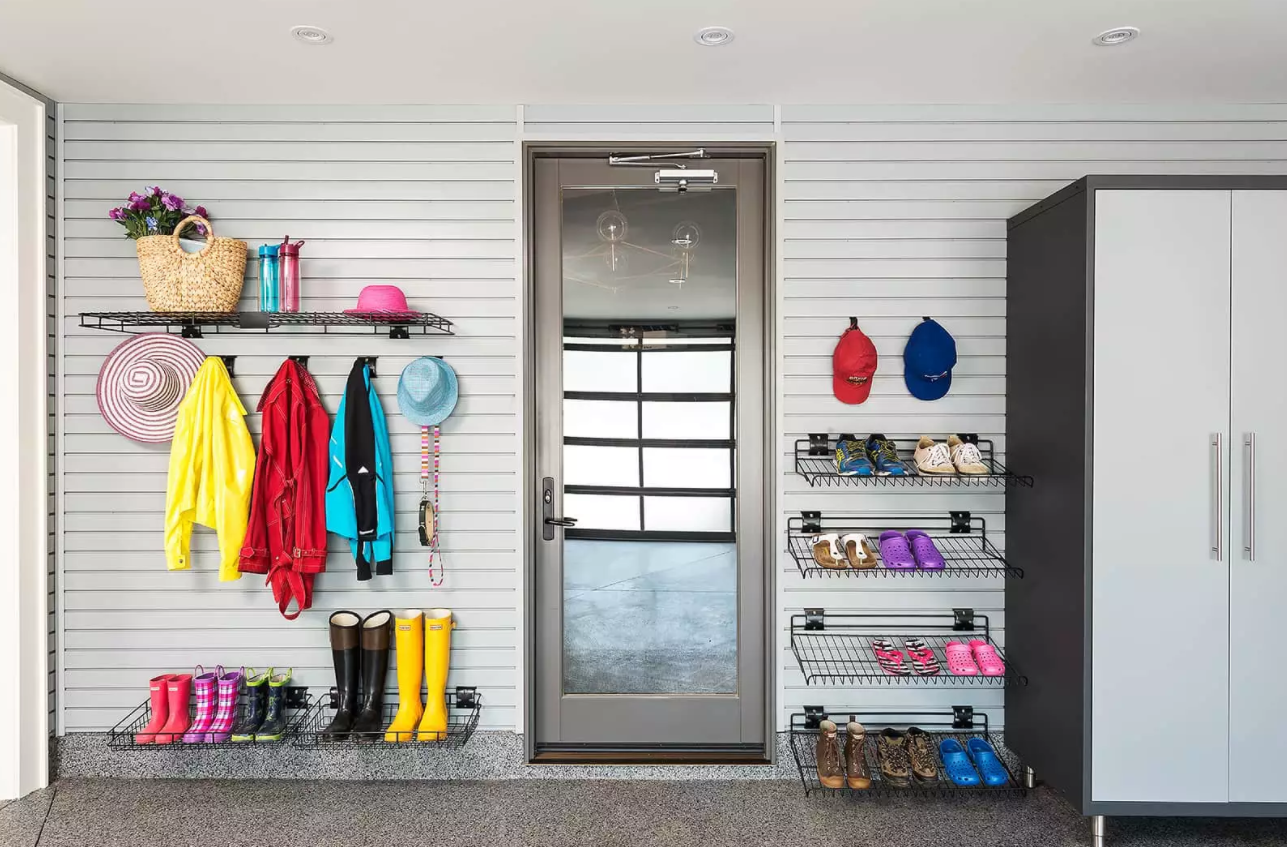
The ceiling and walls of your garage may have uninsulated areas or cracks that allow drafts to infiltrate. These should be inspected and treated to improve energy efficiency.
Mitchell says, 'If the walls and ceiling are unfinished, install fiberglass batt insulation. If exposed, make sure it's covered with fire-rated drywall, as this is typically a code requirement.'
Mitchell recommends Owens Corning R-19 Fiberglass Insulation Batts, available from Insulation4US, adding, 'These are ideal for walls, covering up to 40 square feet per roll. These batts are pre-cut for easy DIY installation and provide excellent fire resistance.'
Our guides on 'What is glass wool insulation?' and how to draft proof a basement include more fiberglass batt insulation tips. Before proceeding however, check out what our experts say about when to insulate a garage and when to avoid it.
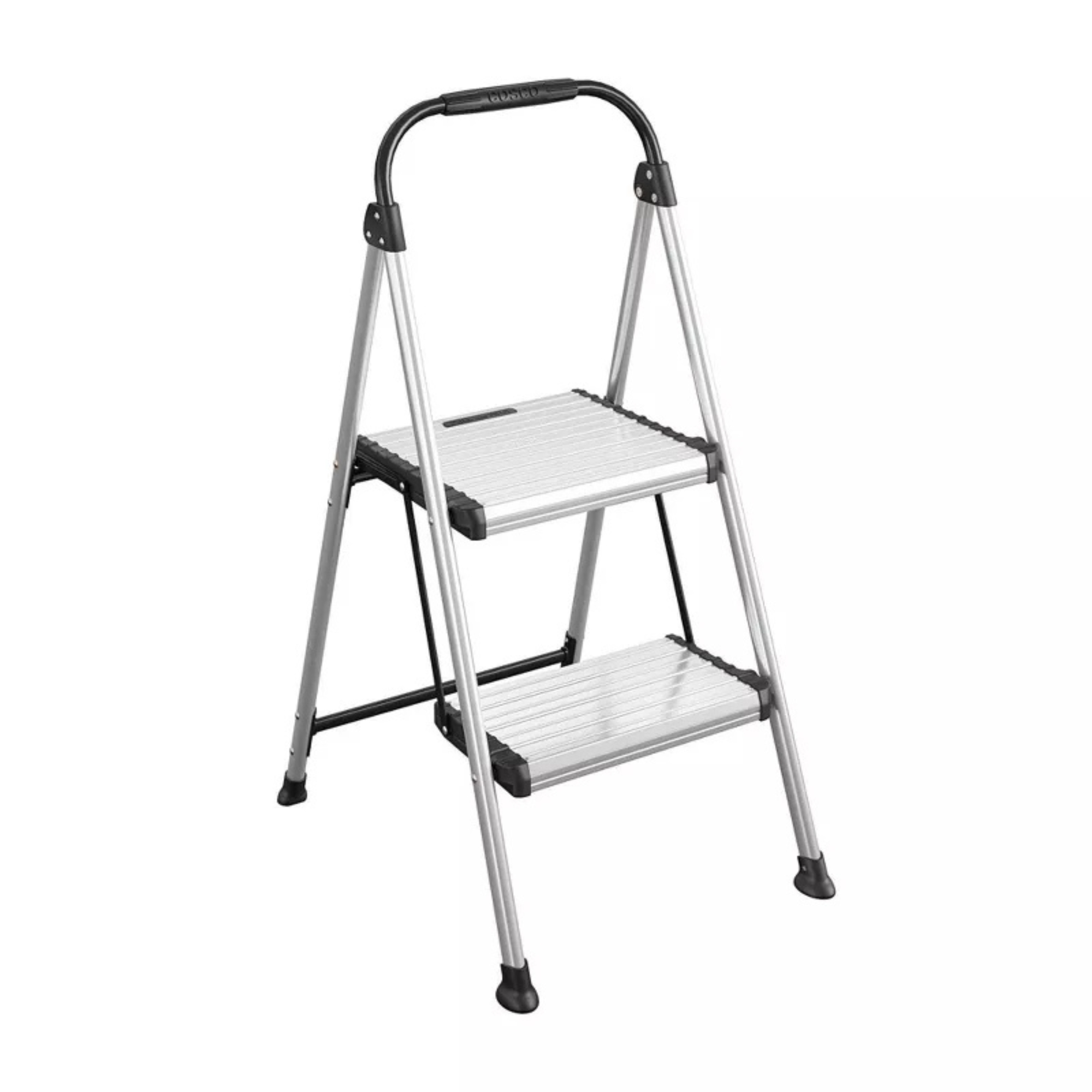
This lightweight but sturdy aluminum step stool is ideal for any household task, including installing garage insulation. Its slip-resistant leg tips ensure safety, and it folds flat for easy storage.
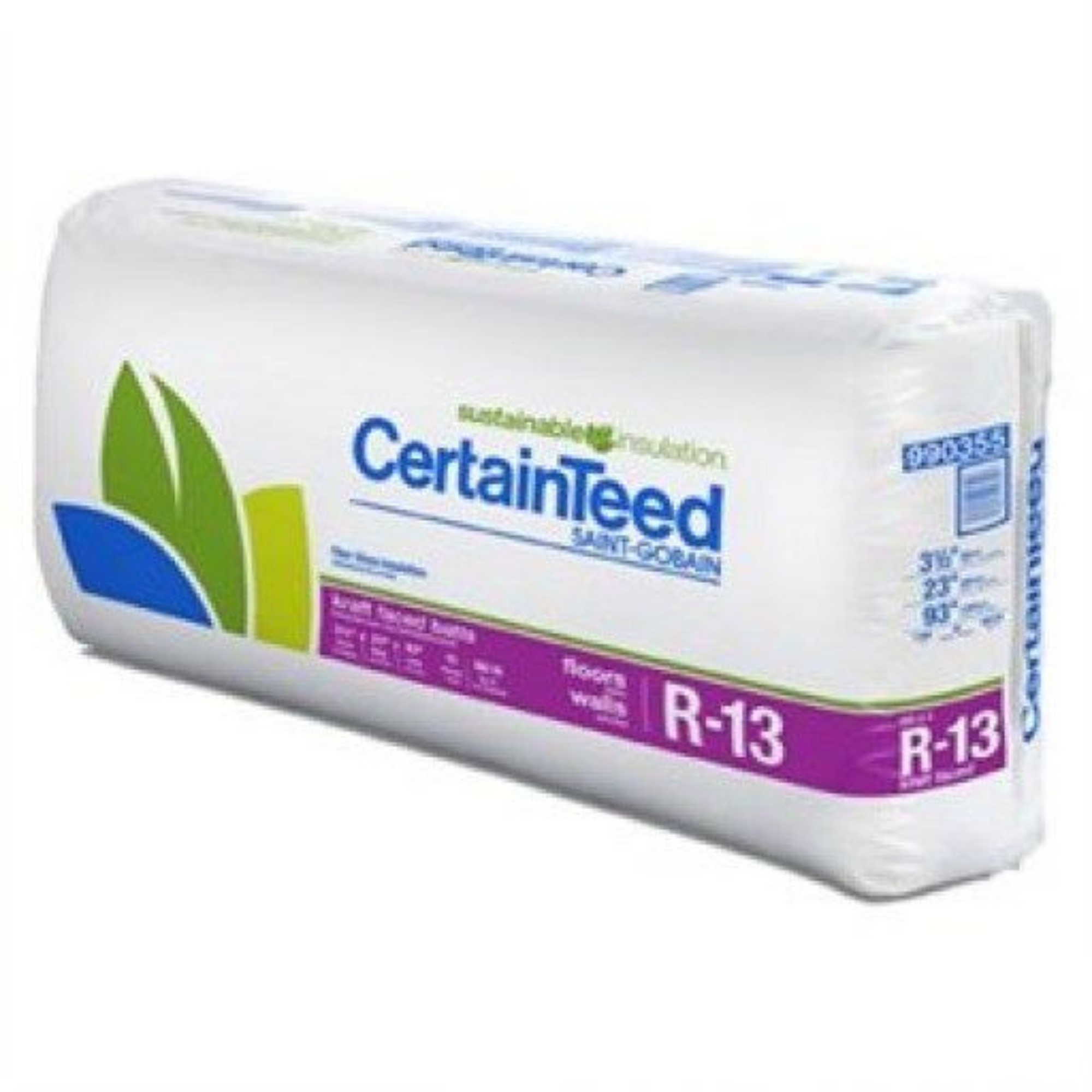
This high-quality glass wool insulation is popular with many of our HVAC pros. Sized for metal or wood framing and easy to install, it meets all thermal specifications and can be stapled of friction fit.
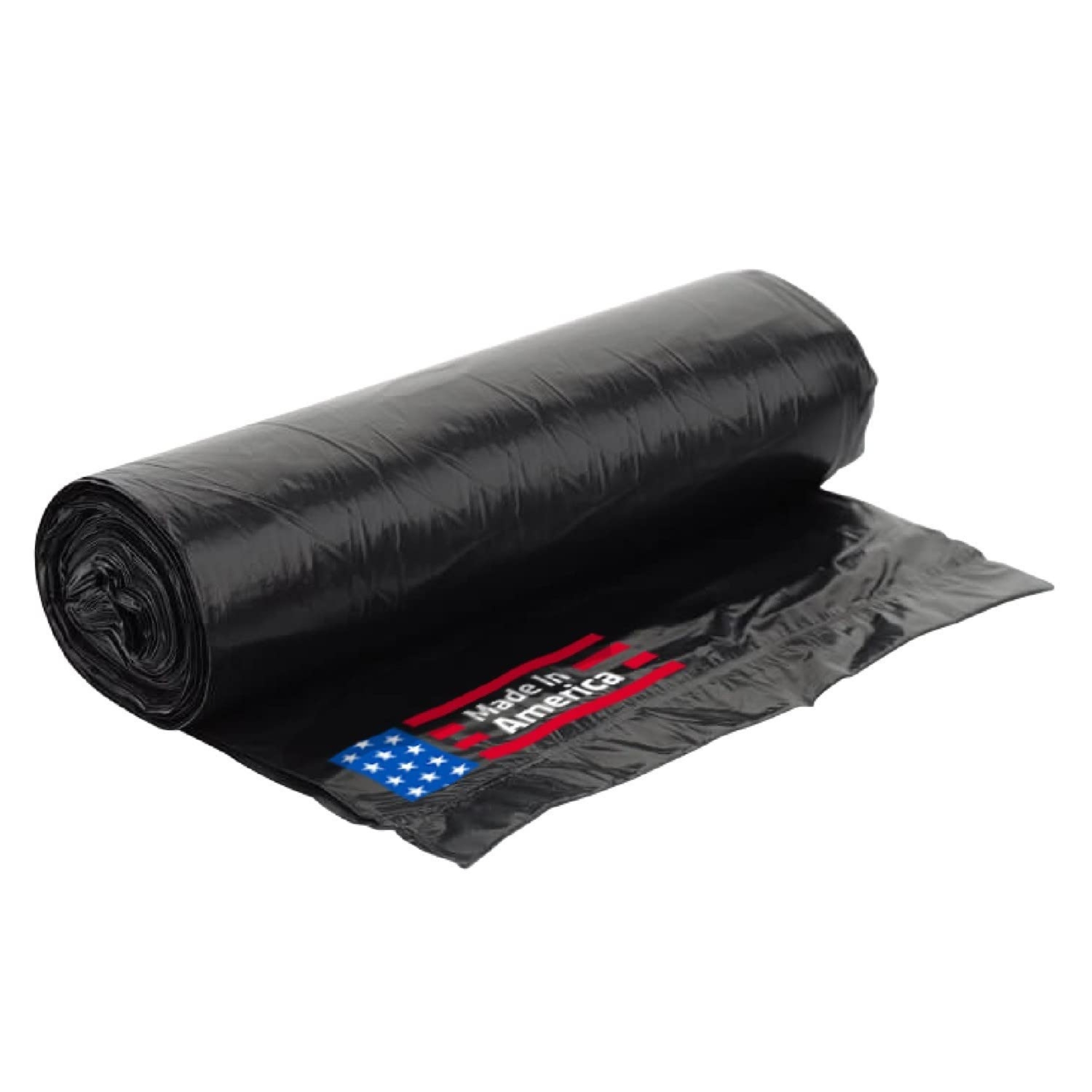
These reliable vapor barrier rolls are easy to cut with scissors, and perfect for adding that extra layer of moisture resistance to your walls, floors or crawl spaces when installing garage fiberglass insulation.
Draft proofing essentials pros swear by

When it comes to draft proofing your garage, there's an endless list of products available. But which are the best? We asked Francisco Fuenmayor, a home improvement expert at LocalProBook, to recommend his top trio...
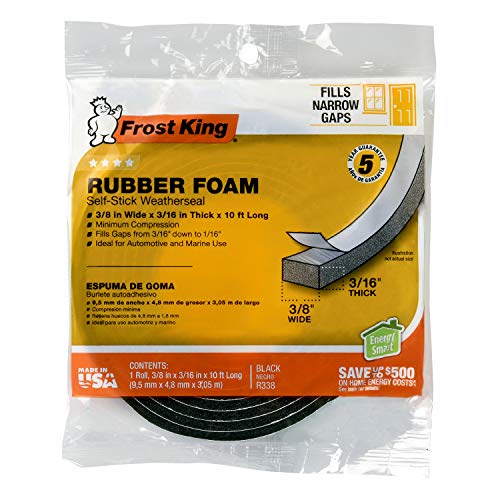
Fuenmayor says, 'This durable rubber foam weatherstripping is ideal for sealing gaps around garage doors and windows, offering a tight seal to block drafts and reduce energy loss.'
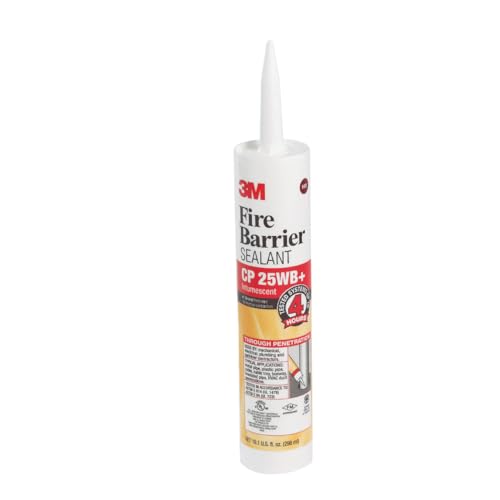
Fuenmayor says, 'This handy sealant allows for movement and expansion in joints without compromising its fire-blocking ability. It provides up to four hours of fire protection.'
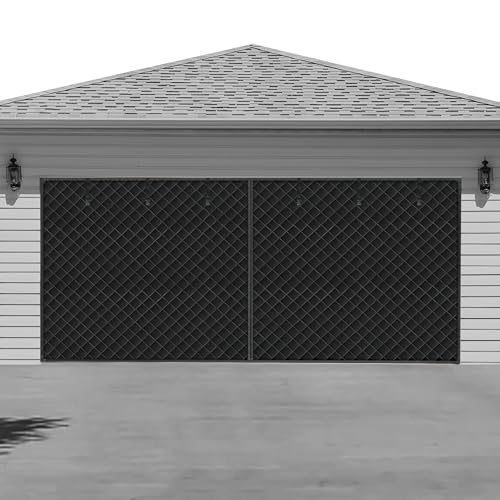
Fuenmayor says, 'These magnetic thermal insulated door curtains are easy to install and remove without the need for any special tools. The magnets ensure a secure fit, making the curtain simple to attach to your garage door frame.'
FAQs
Is it worth draft proofing a detached garage?
Yes, even detached garages can benefit from draft-proofing. It helps maintain a consistent temperature, protects stored items from extreme conditions, and may help reduce pests by blocking their entrance. Insulating a detached garage can also improve its usability as a workspace.
What type of insulation works best for garage walls?
Rigid foam insulation or spray foam is ideal for garage walls due to its moisture-resistant properties. Fiberglass can be used but should be paired with a vapor barrier to prevent mold. Choose insulation based on your climate and garage usage.
How often should I inspect my garage for drafts?
Inspect your garage for drafts annually, ideally before winter. Regular checks help identify new cracks or wear in seals, ensuring your draft-proofing remains effective. Addressing issues promptly prevents larger problems from developing.
Draft-proofing your garage not only keeps the space warmer but also helps maintain the energy efficiency of your home by stopping cold air moving inside. By addressing common problem areas and avoiding draft proofing mistakes, you can create a more comfortable and functional garage.
Next, check out whether you should close vents in unused rooms.
Sign up to the Homes & Gardens newsletter
Design expertise in your inbox – from inspiring decorating ideas and beautiful celebrity homes to practical gardening advice and shopping round-ups.

With more than a decade of experience writing news, lifestyle, consumer, and human interest articles for a wide range of national and international publications, Andy is a highly-qualified journalist writing features for the national press. From front porch to backyard, attic to basement, Andy has written about every area of the home. He specialises in bringing together the best industry expertise to answer all of your most pressing home and garden questions about seasonal and everyday cleaning, decluttering, organizing and DIY.
-
 Elton John's home fragrance collection is 'a tribute to the optimism and beauty that spring brings' – and it's under $45 to scent your home this April
Elton John's home fragrance collection is 'a tribute to the optimism and beauty that spring brings' – and it's under $45 to scent your home this AprilSlatkin + Co. teamed up with Elton John to create a home scent inspired by his historic Woodside Estate – they're beautiful, affordable, and selling quickly
By Sophie Edwards
-
 My orchid's leaves haven't wrinkled since moving it to this exact spot in my home – it's the easiest hack to keep these flowering houseplants hydrated
My orchid's leaves haven't wrinkled since moving it to this exact spot in my home – it's the easiest hack to keep these flowering houseplants hydratedDehydrated orchids can perk up again in the environment of a bathroom
By Tenielle Jordison
-
 Why does my house feel damp? Experts reveal the 7 common reasons, risks and fixes to apply right now
Why does my house feel damp? Experts reveal the 7 common reasons, risks and fixes to apply right nowIf your house smells musty, there might be underlying damp to sort out
By Sophie Warren-Smith
-
 Do you have condensation on the outside of your windows? This simple rule of thumb determines if it's normal, or a sinister warning sign
Do you have condensation on the outside of your windows? This simple rule of thumb determines if it's normal, or a sinister warning signHVAC pros share expert insight
By Ciéra Cree
-
 HVAC pros reveal 2 'Goldilocks' ranges for the ideal room temperature in bitter winter – it differs from day to night, and room to room
HVAC pros reveal 2 'Goldilocks' ranges for the ideal room temperature in bitter winter – it differs from day to night, and room to roomKeeping rooms at the right temperature is vital for comfort and efficiency
By Ciéra Cree
-
 HVAC pros say this is the most efficient heating schedule to keep you warm at home all day – and why automating it is the best move
HVAC pros say this is the most efficient heating schedule to keep you warm at home all day – and why automating it is the best moveThere’s no one-size-fits-all – here’s how to tailor heating to your home
By Chiana Dickson
-
 How dust and dirt increases your energy bills – plus 5 ways HVAC pros deal with it to cut costs
How dust and dirt increases your energy bills – plus 5 ways HVAC pros deal with it to cut costsThese cleaning tips could save you hundreds
By Chiana Dickson
-
 Is your house heating unevenly? HVAC pros reveal 5 common reasons, plus their top tricks for consistent heating throughout your home
Is your house heating unevenly? HVAC pros reveal 5 common reasons, plus their top tricks for consistent heating throughout your homeEliminate hot and cold spots with these fixes
By Chiana Dickson
-
 What is a zoned heating HVAC system? We get the lowdown from the pros
What is a zoned heating HVAC system? We get the lowdown from the prosThis expensive addition could actually save you money
By Sophie Warren-Smith
-
 I spent years trying to combat window condensation – then a simple dish-soap trick turned out to be the key all along
I spent years trying to combat window condensation – then a simple dish-soap trick turned out to be the key all alongThe dish soap condensation hack takes five minutes to do, is oh-so effective, and cleaning pros love it
By Eve Smallman